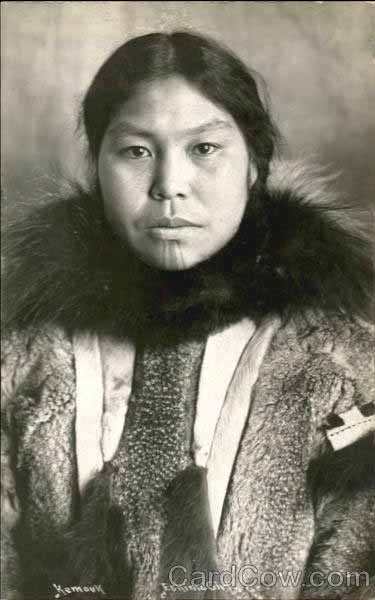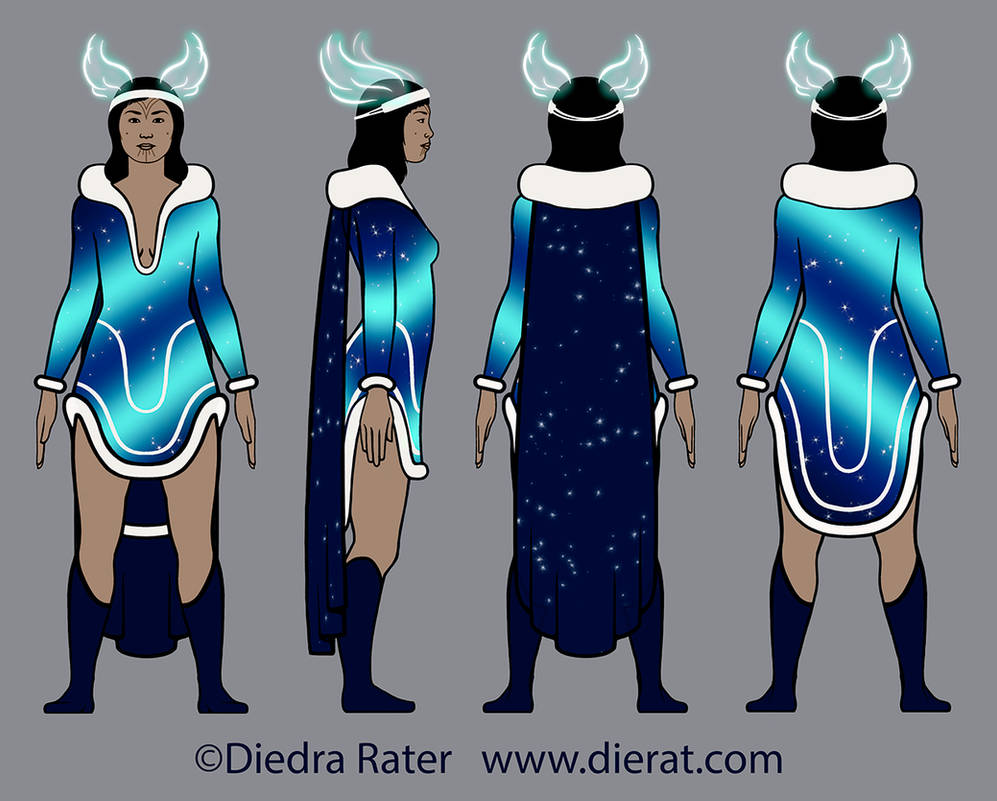ShopDreamUp AI ArtDreamUp
Resubmitting this as a tutorial because I finally figured out why I was only allowed to submit it as a journal before. (In case you're wondering, it's because I had thumbnails linking to another deviant's work in the post. Using text links instead allows you to submit it into another category.)
© 2017 - 2024 dierat
Comments0
Join the community to add your comment. Already a deviant? Log In





























